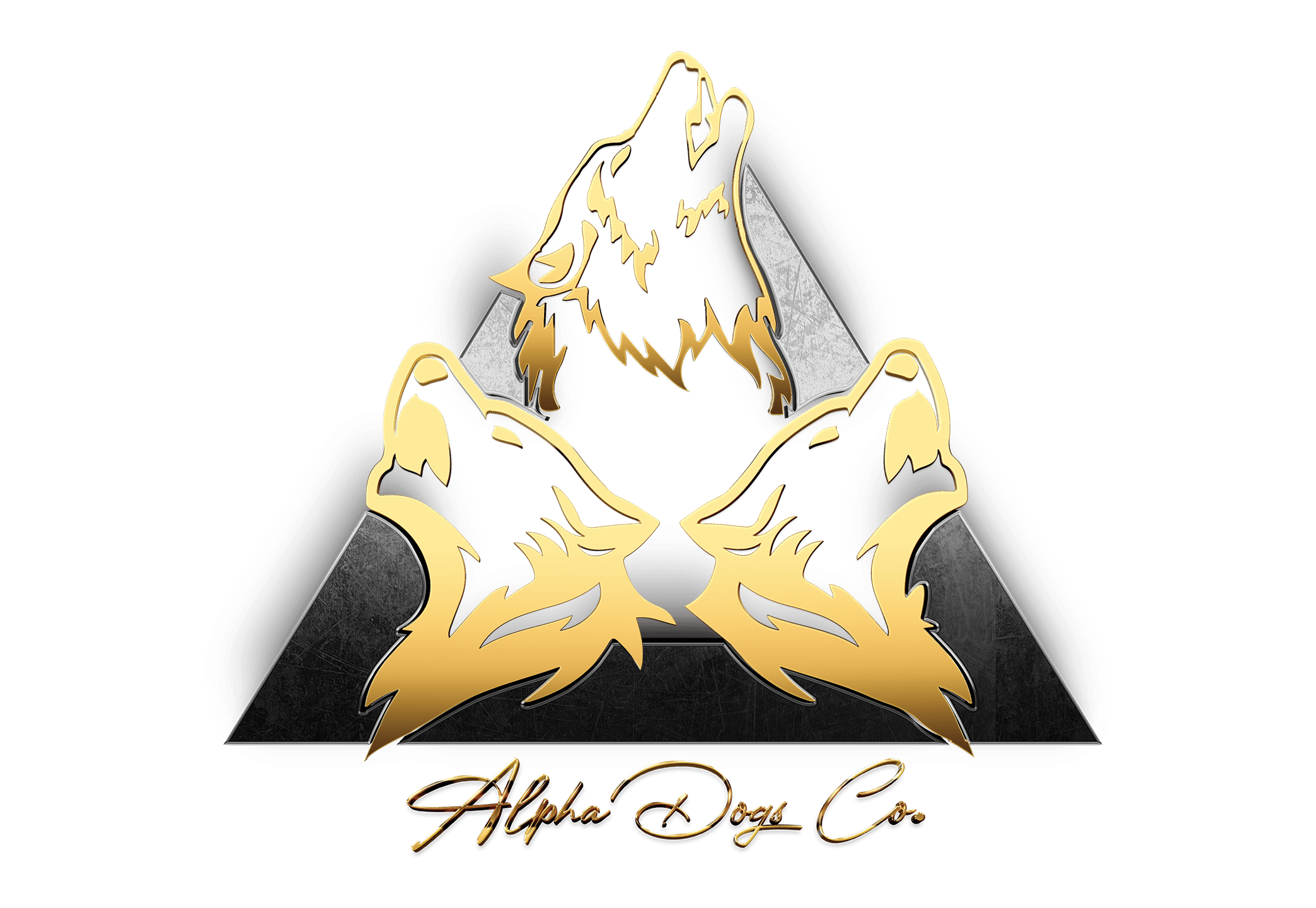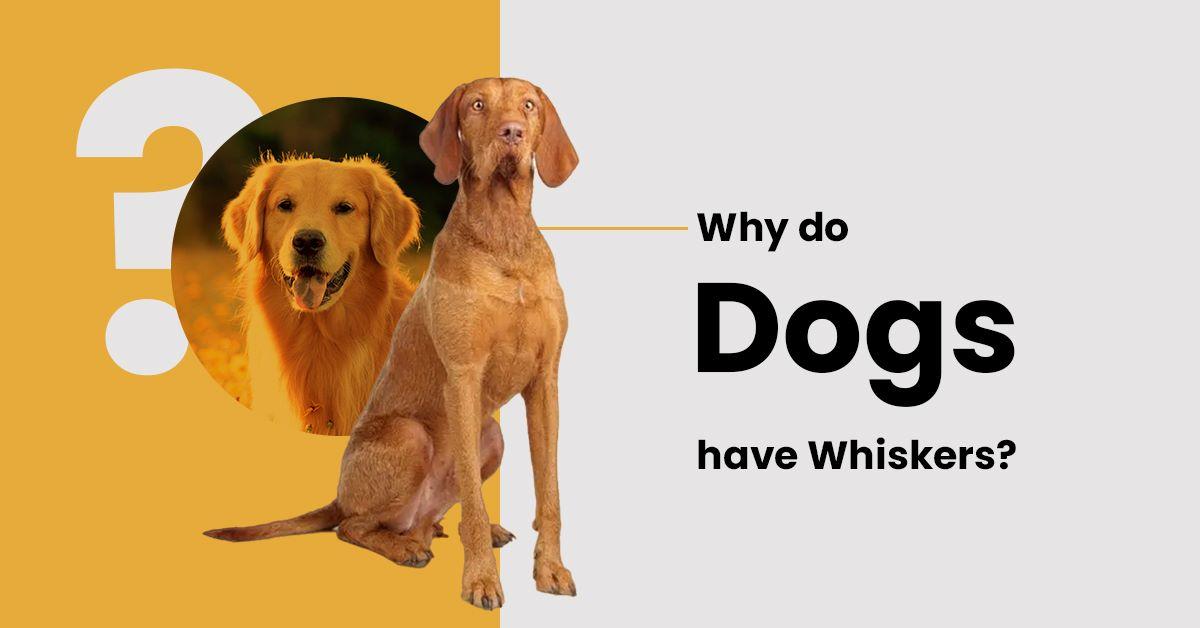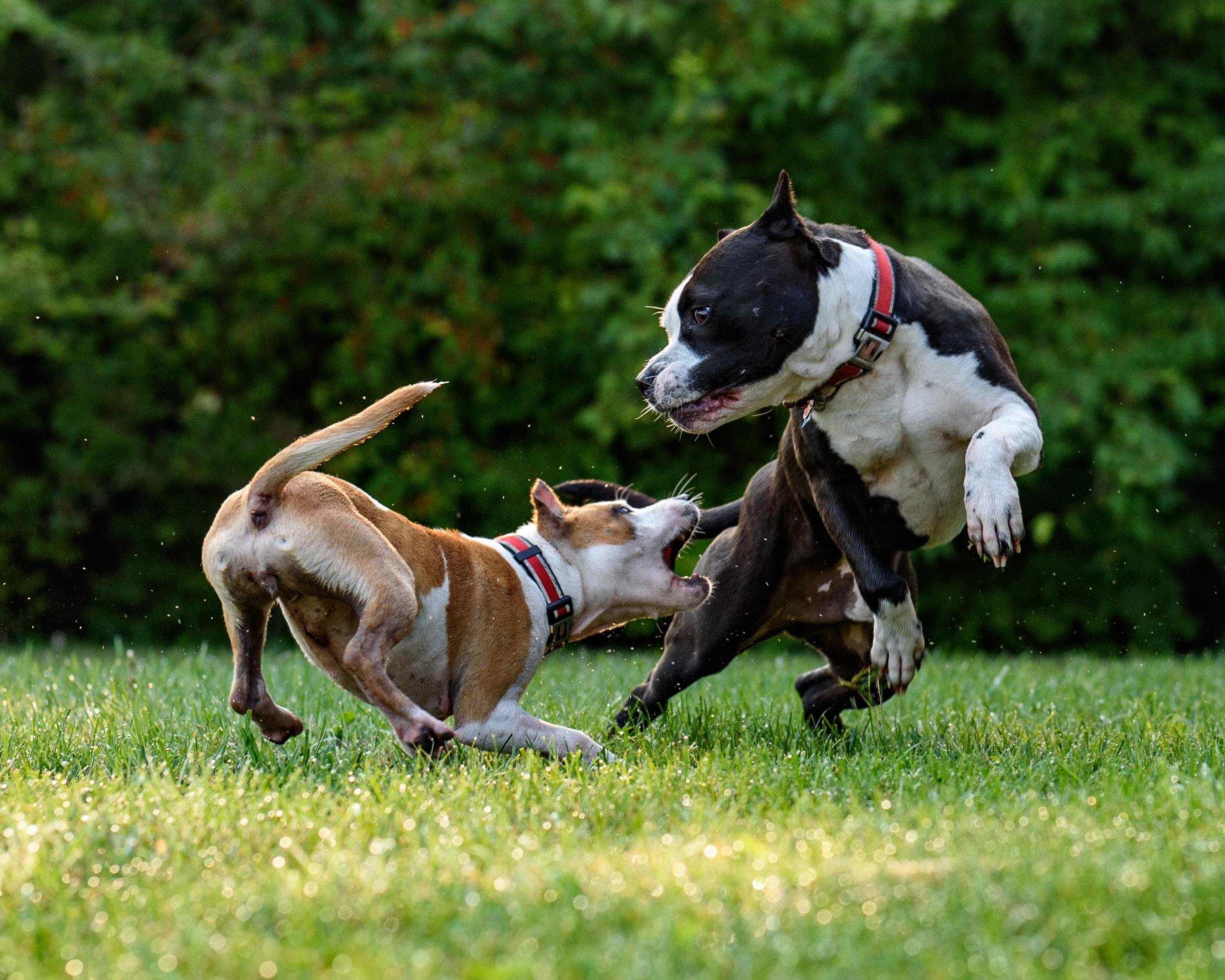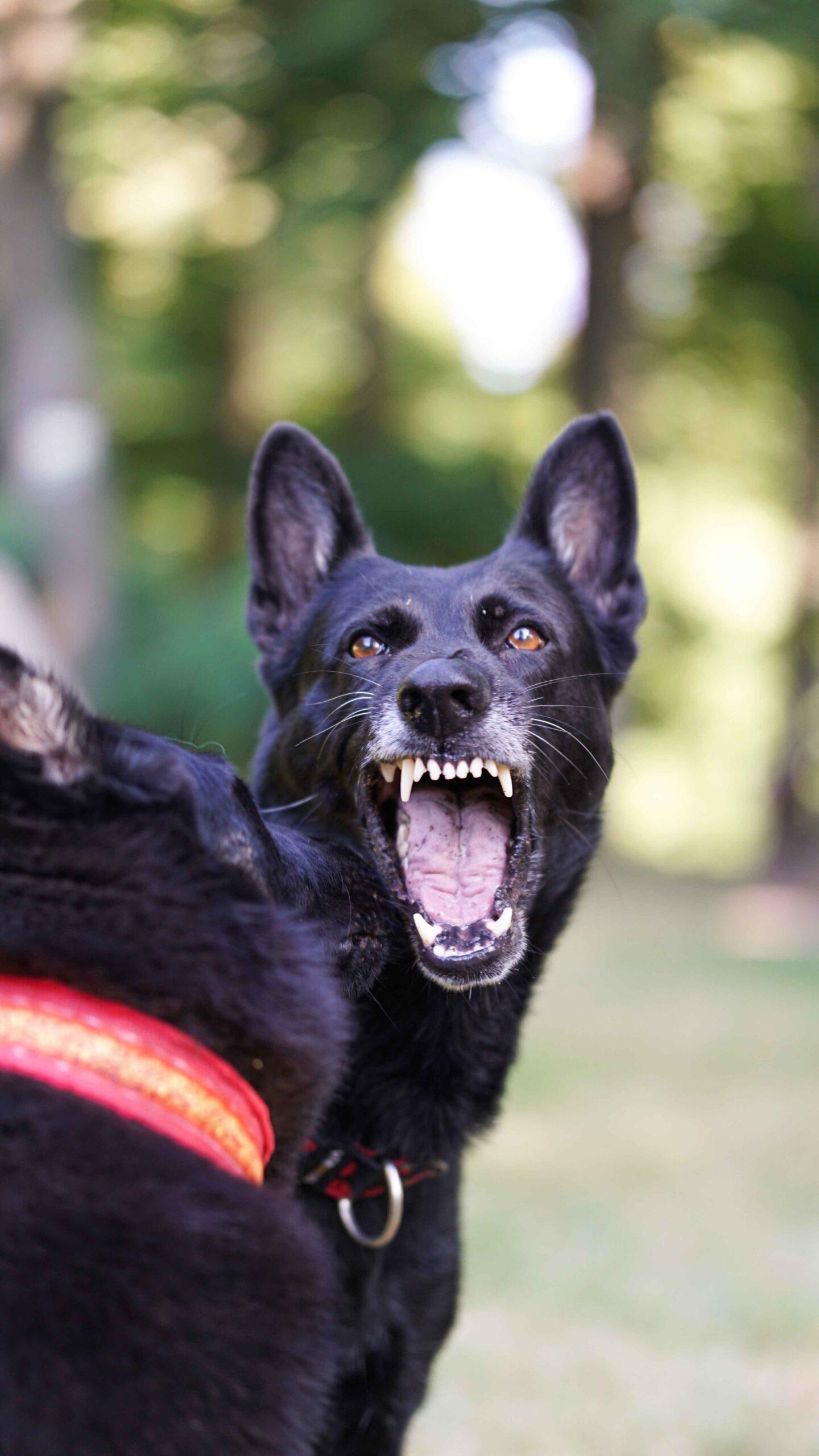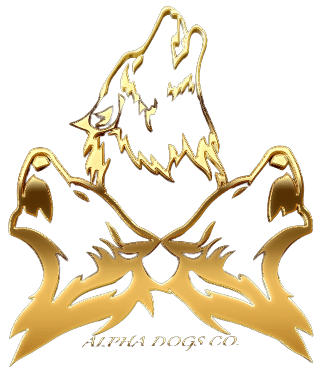If you’re a dog owner, you’ve probably noticed the long, coarse hairs on your dog’s face called whiskers. But have you ever wondered why dogs have whiskers? While whiskers may seem like just another feature of a dog’s appearance, they actually serve a very important purpose. In this article, we’ll explore the fascinating world of dog whiskers and why they’re so important to our furry friends.
What are whiskers?
Whiskers, also known as vibrissae, are long, stiff hairs that grow on a dog’s face, muzzle, and eyebrows. They’re thicker and coarser than the rest of the dog’s fur and are more deeply rooted in the skin. Whiskers have a rich supply of nerves and blood vessels, making them very sensitive to touch.
Why do dogs have whiskers?
Whiskers serve many purposes for dogs, including:
- Sensory Input: Whiskers are highly sensitive and can pick up even the slightest touch or movement. This allows dogs to navigate their environment and avoid obstacles, even in low light conditions. Additionally, whiskers help dogs sense changes in air currents, which is important for tracking prey or detecting danger.
- Communication: Dogs use their whiskers to communicate with other dogs. For example, if a dog is feeling aggressive, it may flare its whiskers to appear larger and more intimidating. On the other hand, a dog may tuck its whiskers back against its face when it’s feeling submissive or afraid.
- Protection: Whiskers help protect a dog’s eyes and face from damage. If a dog is approaching a narrow opening, such as a hole in a fence, its whiskers will detect the opening before its eyes, preventing injury.
- Balance: Whiskers help dogs maintain their balance. When a dog is walking on a narrow surface, such as a fence or a tightrope, its whiskers will help it determine the width of the surface and adjust its balance accordingly.
Whisker Trimming
While dog whiskers serve many important functions, some owners choose to trim them for aesthetic reasons. However, it’s important to note that whisker trimming can be harmful to a dog’s health and well-being. Without their whiskers, dogs may have difficulty navigating their environment, communicating with other dogs, and protecting themselves from injury. In fact, some countries, including the United Kingdom, have laws prohibiting the trimming of whiskers on dogs.
Whiskers and Health
In addition to their functional and aesthetic purposes, whiskers can also provide important information about a dog’s health. Changes in the appearance or behavior of a dog’s whiskers can indicate underlying health issues that require attention.
For example, if a dog’s whiskers suddenly become brittle or start to fall out, it may be a sign of a nutrient deficiency or an underlying health condition. Additionally, if a dog’s whiskers become discolored or have an unusual odor, it may be a sign of an infection or other health issue.
Regular grooming and observation of a dog’s whiskers can help owners identify potential health concerns early and seek appropriate veterinary care. In some cases, a veterinarian may recommend a specific diet or supplement to support healthy whisker growth and overall health.
Whiskers and Training
Because whiskers are so sensitive to touch and movement, they can also be used in training and behavior modification for dogs. For example, some trainers use whisker touches as a way to teach dogs to focus their attention on a specific object or command. By touching a dog’s whiskers in a specific way, trainers can reinforce desired behaviors and help dogs learn new skills.
Additionally, some trainers use whisker touches as a way to redirect a dog’s attention away from undesirable behaviors, such as barking or jumping. By gently touching a dog’s whiskers, trainers can interrupt the unwanted behavior and redirect the dog’s attention to a more appropriate activity or command.
Overall, whiskers can be a valuable tool in dog training and behavior modification. However, it’s important to use whisker touches in a gentle and positive manner, and to avoid any techniques that may cause pain or discomfort to the dog.
Conclusion
In conclusion, whiskers are an important and fascinating part of a dog’s anatomy. They serve many purposes, including sensory input, communication, protection, and balance. As a dog owner, it’s important to understand the importance of whiskers and to resist the urge to trim them for aesthetic reasons.
If you’re concerned about your dog’s whiskers, be sure to talk to your veterinarian. They can provide you with more information about the function of whiskers and the potential risks of trimming them. Additionally, your veterinarian can help you develop a grooming routine that keeps your dog’s whiskers healthy and clean.
In summary, dogs have whiskers because they serve a vital purpose in their daily lives. As pet owners, it’s our responsibility to respect and protect our furry friend’s natural anatomy, including their whiskers. So the next time your dog brushes against you with their whiskers, take a moment to appreciate how important this seemingly small feature is to their health and well-being.
While the importance of whiskers is clear, it’s important to note that not all dogs have the same number or pattern of whiskers. Some breeds, such as Schnauzers and Wire Fox Terriers, have very prominent and distinctive whiskers, while others may have shorter or less visible whiskers.
It’s also worth noting that whiskers can vary in color and texture. For example, a dog with white fur may have white whiskers, while a dog with black fur may have black or dark-colored whiskers. Additionally, some dogs may have curly or wavy whiskers, while others may have straight or more coarse whiskers.
Another interesting fact about dog whiskers is that they can shed and regrow just like the rest of a dog’s fur. However, because whiskers are so deeply rooted in the skin and have a rich blood supply, they may take longer to regrow than other hairs on the dog’s body.
In addition to their functional purposes, whiskers can also add to a dog’s overall appearance and personality. Many dog owners find their dog’s whiskers to be endearing and even charming. Some even give their dogs special nicknames based on their whiskers, such as “whiskerface” or “whiskerino”.
Overall, dog whiskers are a fascinating and important part of a dog’s anatomy. They serve multiple functions and should be respected and cared for just like the rest of a dog’s body. So the next time you look at your furry friend, take a moment to appreciate their unique and special whiskers, and the important role they play in their lives.
